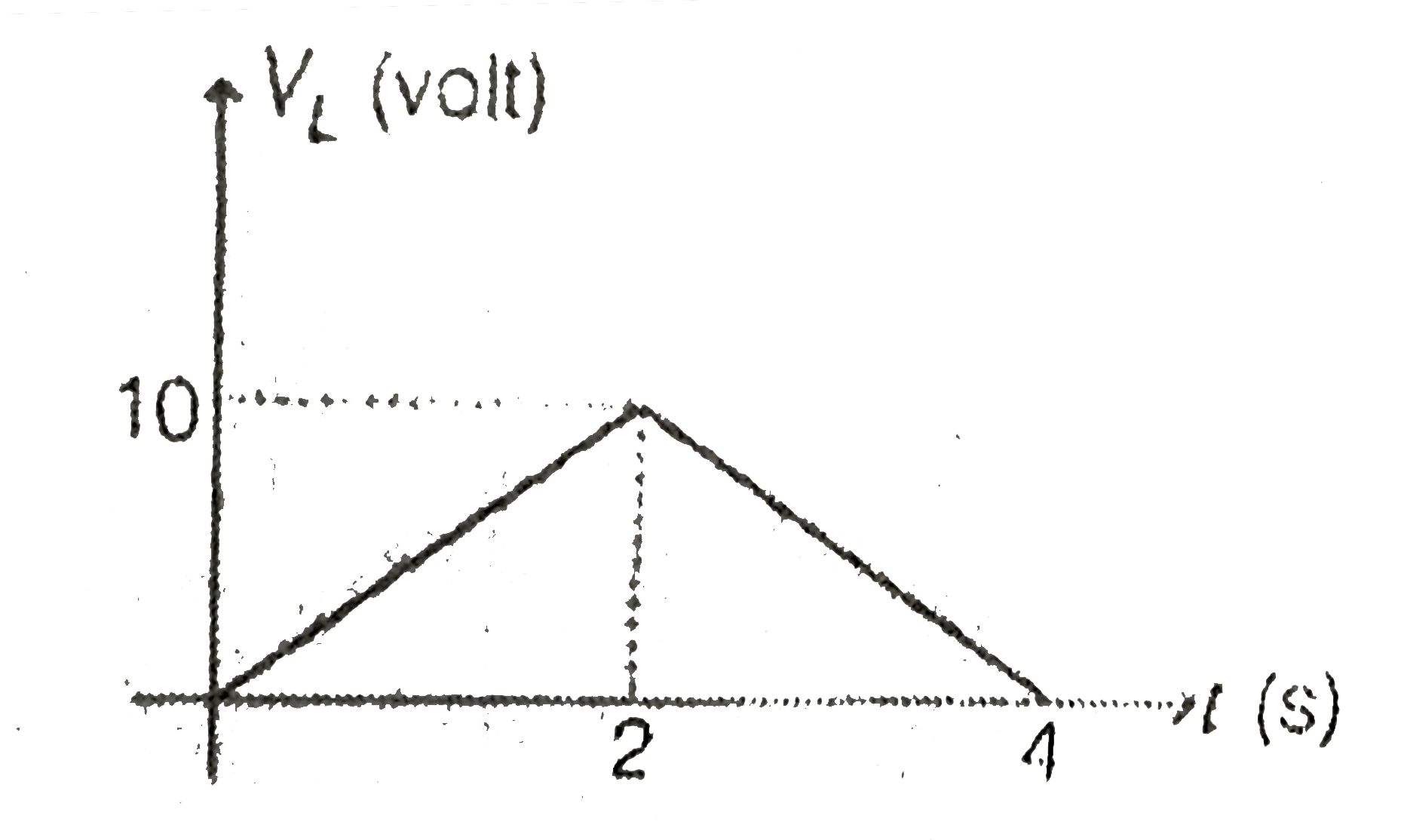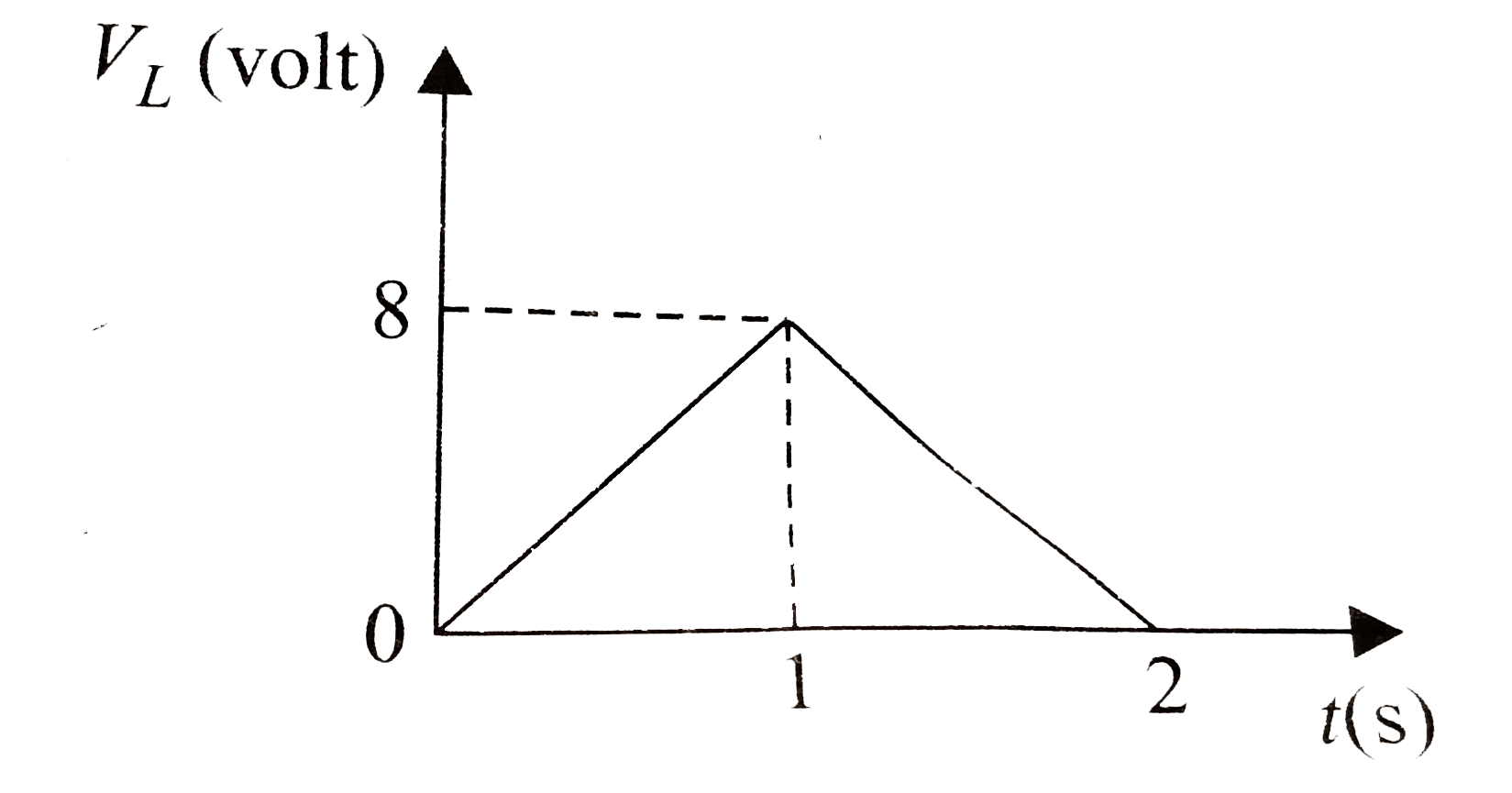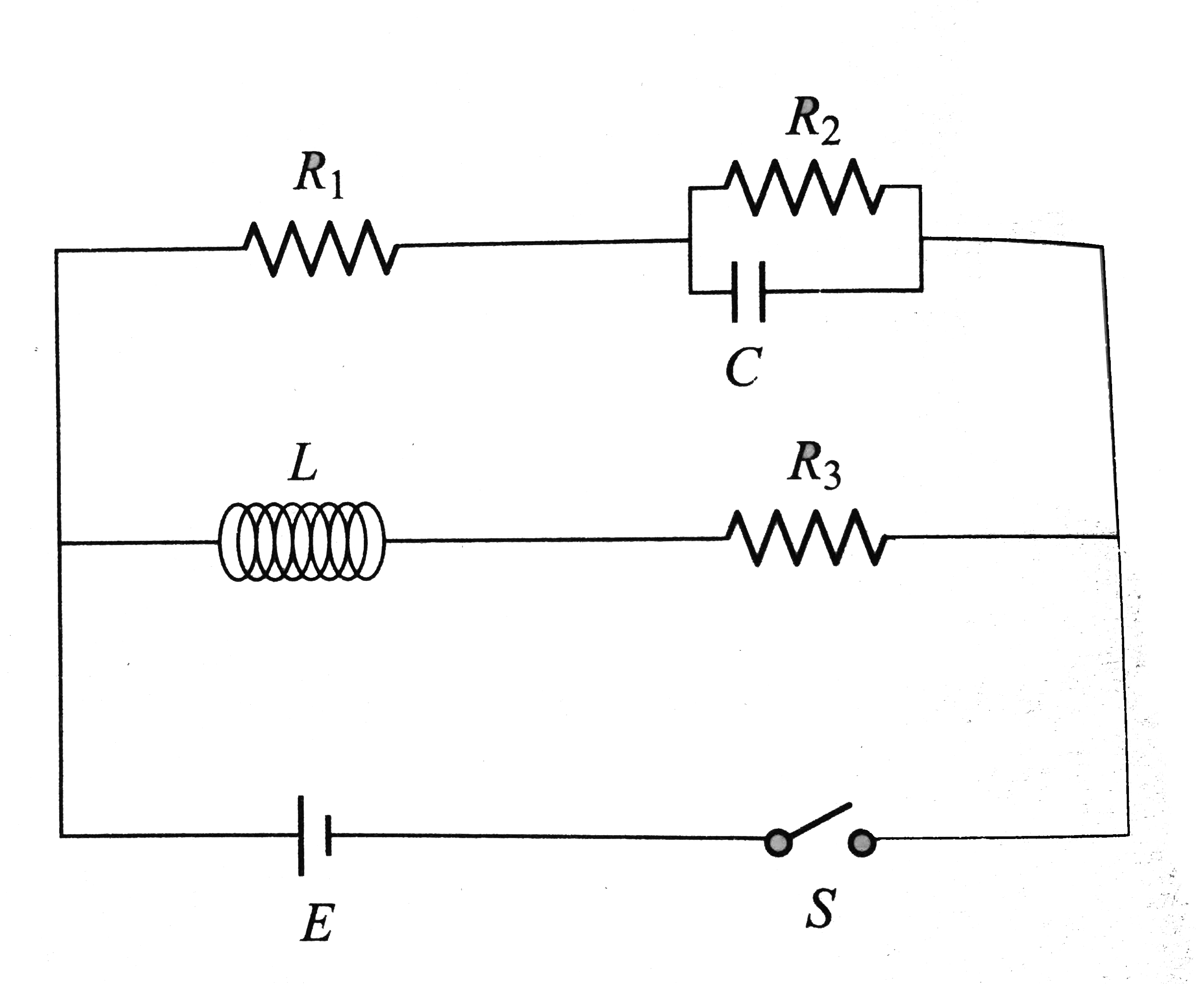The potentiak difference across a 2H inductor as a function of time is shown in the figure. At time t=0, current is zero.

Current versus time graph across the inductor will be




The correct Answer is:B
Step by step video & image solution for The potentiak difference across a 2H inductor as a function of time is shown in the figure. At time t=0, current is zero. Current versus time graph across the inductor will be by Physics experts to help you in doubts & scoring excellent marks in Class 12 exams.
Updated on:21/07/2023Similar Questions
The potential difference across a 10H inductor as a function of time is shown in the figure. At t=0 current is zero. Then

View SolutionThe potential difference across a 2H inductor as a function of time is shown in figure. At time t=0, current is zero
Current t=2 second is

View SolutionThe potential difference across a 2-H inductor as a function of time is shown in Fig. At time t = 0, current is zero.

Current at t = 1 s is
View SolutionThe potential difference across a 2-H inductor as a function of time is shown in Fig. At time t = 0, current is zero.

The variation of current versus time is
View SolutionThe potential difference across a 2-H inductor as a function of time is shown in Fig. At time t=0, current is zero.

Area under VL−t graph gives
View SolutionThe potential difference across a 150mH inductor as a function of time is shown in figure. Assume that the initial value of the current in the inductor is zero. What is the current when t=2.0ms? and t=4.0ms ?

View SolutionThe potential difference across a 4 H inductor vary with time is as shown. The current is Zero at t=0, Then the current at time t=2s

View SolutionSwitch S is cloesd in the circuit at time t=0. Find the current through the capacitor and the inductor at any time t

View SolutionThe output current versus time curve of a rectifier is shown in the figure. The average value of output current in this case is

View SolutionIn the circuit shown in figure switch S is closed at time t=0

Current I from the battery at time t is given by
View Solution
